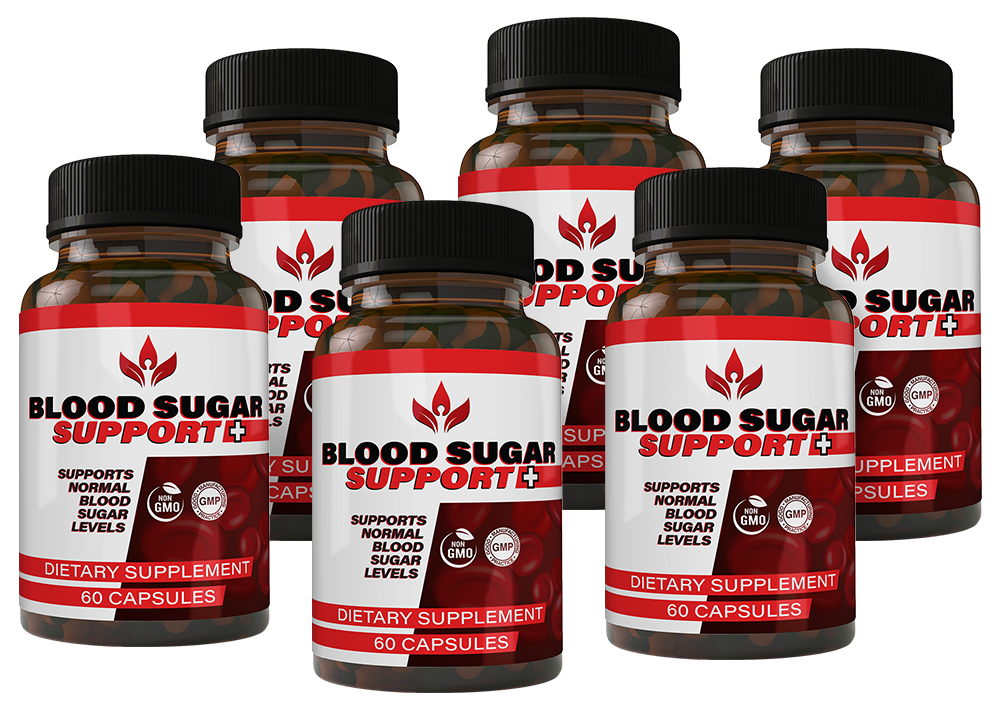Understanding blood sugar levels is a crucial aspect of maintaining overall health. With millions of individuals managing their blood glucose daily, determining whether a blood sugar level of 113 mg/dL is normal can provide significant insight into your health status. In this article, we will explore the nuances of blood sugar readings, the factors that influence these levels, and practical steps to maintain optimal health.
Blood sugar, or blood glucose, is the primary sugar found in your blood. It comes from the food you eat and is your body's main source of energy. Proper regulation of blood sugar is essential to:
Provide energy to cells and tissues.
Support proper brain function.
Maintain overall metabolic balance.
Abnormal blood sugar levels can indicate conditions like prediabetes, diabetes, or other metabolic issues. This underscores the importance of understanding what your blood sugar readings mean.
Fasting Blood Sugar
A fasting blood sugar test measures glucose levels after you have not eaten for at least eight hours. Here’s how the ranges typically break down:
Normal: 70-99 mg/dL
Prediabetes: 100-125 mg/dL
Diabetes: 126 mg/dL or higher on two separate tests
If your fasting blood sugar level is 113 mg/dL, it falls into the prediabetes range. This indicates higher-than-normal blood sugar levels but not high enough to be classified as diabetes. Prediabetes is a warning sign, highlighting the need for lifestyle adjustments to prevent progression to type 2 diabetes.
Postprandial Blood Sugar
Postprandial blood sugar refers to glucose levels measured two hours after eating. Here’s what the ranges look like:
Normal: Less than 140 mg/dL
Prediabetes: 140-199 mg/dL
Diabetes: 200 mg/dL or higher
If your reading of 113 mg/dL is postprandial, it is considered normal, as it falls well below the 140 mg/dL threshold.
Several factors influence blood sugar readings. Understanding these can help you manage your glucose levels effectively:
Diet
Carbohydrates: Foods high in refined carbs can spike blood sugar levels.
Protein and Fats: These macronutrients slow glucose absorption, stabilizing blood sugar.
Physical Activity
Exercise improves insulin sensitivity, helping cells use glucose more efficiently.
Stress Levels
Chronic stress triggers cortisol release, which can increase blood sugar.
Medications
Certain medications, including steroids and beta-blockers, may impact glucose levels.
Sleep Patterns
Poor sleep can lead to insulin resistance and elevated blood sugar levels.
A fasting blood sugar level of 113 mg/dL, though not immediately alarming, signals a risk for developing type 2 diabetes and other complications:
Cardiovascular Disease: Elevated blood sugar can damage blood vessels and increase the risk of heart disease.
Kidney Damage: Prolonged high glucose levels strain the kidneys.
Neuropathy: High blood sugar may damage nerves, causing pain or numbness.
Proactively managing blood sugar at this stage can prevent these long-term complications.
1. Adopt a Balanced Diet
Focus on Low-Glycemic Foods: Opt for whole grains, legumes, and non-starchy vegetables.
Limit Sugar Intake: Reduce consumption of sugary beverages, candies, and desserts.
Incorporate Fiber-Rich Foods: Fiber slows digestion, preventing rapid glucose spikes.
2. Exercise Regularly
Aerobic Exercise: Activities like walking, cycling, or swimming improve insulin sensitivity.
Strength Training: Building muscle enhances glucose uptake.
Consistency: Aim for at least 150 minutes of moderate-intensity exercise per week.
3. Manage Stress
Practice Mindfulness: Meditation and yoga can reduce cortisol levels.
Prioritize Self-Care: Engage in hobbies and activities that bring joy.
4. Monitor Your Blood Sugar
Use a Glucometer: Track your readings to identify patterns.
Consult a Healthcare Professional: Regular check-ups provide valuable guidance.
5. Get Quality Sleep
Establish a Routine: Go to bed and wake up at the same time daily.
Create a Restful Environment: Keep your bedroom dark, quiet, and cool.
If you consistently measure fasting blood sugar levels in the prediabetes range (100-125 mg/dL), consult your healthcare provider. They may recommend:
Additional Testing: Tests like HbA1c provide an average of your blood sugar levels over three months.
Lifestyle Guidance: Tailored recommendations to improve your health.
Medication: In some cases, medications like metformin may be prescribed.
A blood sugar level of 113 mg/dL can be a turning point in your health journey. While it indicates prediabetes in a fasting state, it also presents an opportunity to make meaningful lifestyle changes. By adopting a balanced diet, staying active, managing stress, and monitoring your levels, you can reduce the risk of developing type 2 diabetes and improve your overall well-being.




